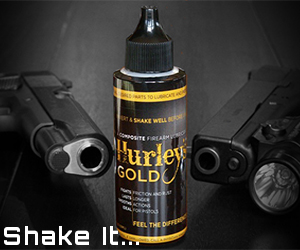breakingcontact
TGT Addict
Safety isn't discussed enough. We should all know the basic (3 or 4 or whatever) rules of gun safety and may tell others these rules but this discussion is bigger than that.
What are some of the things you do, to ensure safety while shooting with a group at the range?
Bonus points for discussing how you handle new shooters as I have seen a few threads lately on taking new folks shooting, which is awesome.
Some basics beyond but perhaps part of the basics that I like to see while shooting in groups is:
Eyes and ears
Good communication
Everyone knowing they can call a ceasefire
A controlled firing line, not staggered
Guns in holsters or on a table with actions open
No handling of guns while others are down range
I could keep going but these are the ones on the top of my head
I know that most of us "know" the basic gun safety rules, but to me, without modeling them in context, they are not enough.
For instance, if you tell a new shooter, "don't sweep anyone with your muzzle", you are using gun jargon that they may not understand, versus explaining it and SHOWING what safe handling looks like.
What do you have?
What are some of the things you do, to ensure safety while shooting with a group at the range?
Bonus points for discussing how you handle new shooters as I have seen a few threads lately on taking new folks shooting, which is awesome.
Some basics beyond but perhaps part of the basics that I like to see while shooting in groups is:
Eyes and ears
Good communication
Everyone knowing they can call a ceasefire
A controlled firing line, not staggered
Guns in holsters or on a table with actions open
No handling of guns while others are down range
I could keep going but these are the ones on the top of my head
I know that most of us "know" the basic gun safety rules, but to me, without modeling them in context, they are not enough.
For instance, if you tell a new shooter, "don't sweep anyone with your muzzle", you are using gun jargon that they may not understand, versus explaining it and SHOWING what safe handling looks like.
What do you have?
Last edited:







